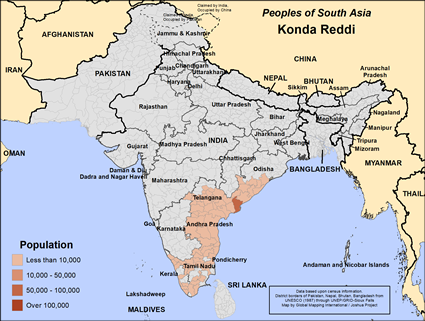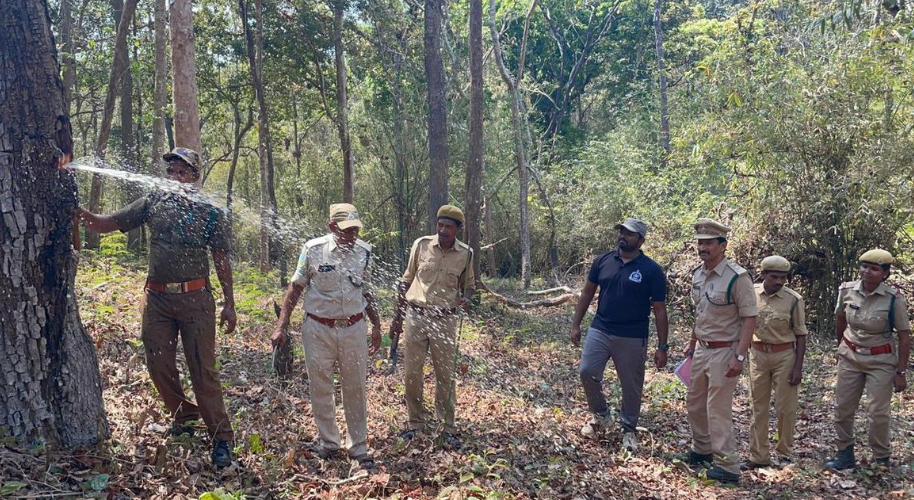Free Courses Sale ends Soon, Get It Now


Free Courses Sale ends Soon, Get It Now



Disclaimer: Copyright infringement not intended.
Context
Forest officials experiment to learn that the tree indeed stores water, particularly in the summer, as claimed by the konda reddy tribe
Details
About the tribe
Distribution
Food and occupation
Society
Religious belief
Recent News

Indian Laurel tree
|
PRACTICE QUESTIONS Papikond anational park located in which of the following state?
Answer D |
© 2024 iasgyan. All right reserved